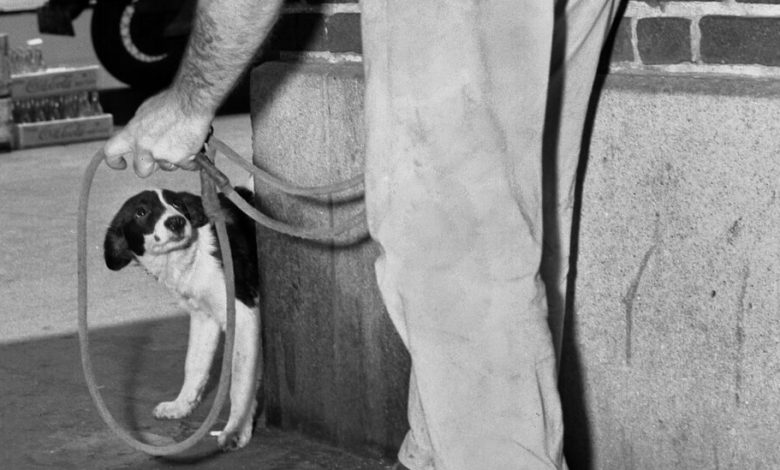How Americans Learned to Be Kinder to (Some) Animals

OUR KINDRED CREATURES: How Americans Came to Feel the Way They Do About Animals, by Bill Wasik and Monica Murphy
In 2007, the American Society for the Prevention of Cruelty to Animals moistened eyes with TV ads featuring the singer Sarah McLachlan. As her song “Angel” played in the background, viewers were confronted with a parade of despair: images of neglected and abused cats and dogs, some of them grievously injured. “Will you be an angel for a helpless animal?” McLachlan pleaded.
The commercials were a huge success, raising $30 million for the organization despite the fact that many viewers couldn’t bear even to look at them, including McLachlan herself. “It was brutal doing those ads,” she recalled years later. “I can’t watch them. It kills me.”
In their powerful new book, “Our Kindred Creatures,” the journalist Bill Wasik (an editor at The New York Times) and the veterinarian Monica Murphy argue that such compassion for suffering animals was in short supply throughout the United States until an “awakening” in the late 19th century. The authors — who have co-written a previous book about rabies — explain that this movement began in England, where animal welfare commingled with and evolved alongside other moral crusades, including abolitionism. After the end of slavery in the United States, American activists turned their attention to other struggles. The plight of animals during the Gilded Age spoke loudly to some of them.
The stories of two men provide a loose structure to the book. Henry Bergh had his conversion moment while attending a bullfight in Seville. Though appalled by the treatment of the animals, he was no less agitated by what he called “cruelism” — the degrading effect of such violence on spectators, especially children. In 1866 he founded the A.S.P.C.A.
George Thorndike Angell joined the movement around the same time. He launched a monthly publication in 1868 and later established a network of educational clubs. But his most indelible contribution may have been the unauthorized reprinting, in 1890, of “Black Beauty,” an English novel that the authors describe as “the bildungsroman of a working-class horse.” It sold 371,000 copies in the United States in less than a year, drawing comparisons to Harriet Beecher Stowe’s galvanizing antislavery novel “Uncle Tom’s Cabin.”
The other main characters in “Our Kindred Creatures” are, appropriately, the animals themselves, whose distress — propagandized by their advocates — bludgeons the modern conscience. Take, for instance, the stray dogs culled from the streets of 19th-century New York City; if unclaimed by 4 p.m. on any given day, they were drowned in a metal crate that could accommodate several dozen in a single dunking. Or the live rabbits once used in medical school classes, their throats flayed open to demonstrate the workings of the nervous system. And the millions of birds harvested annually for their feathers, which adorned the hats of stylish women.
